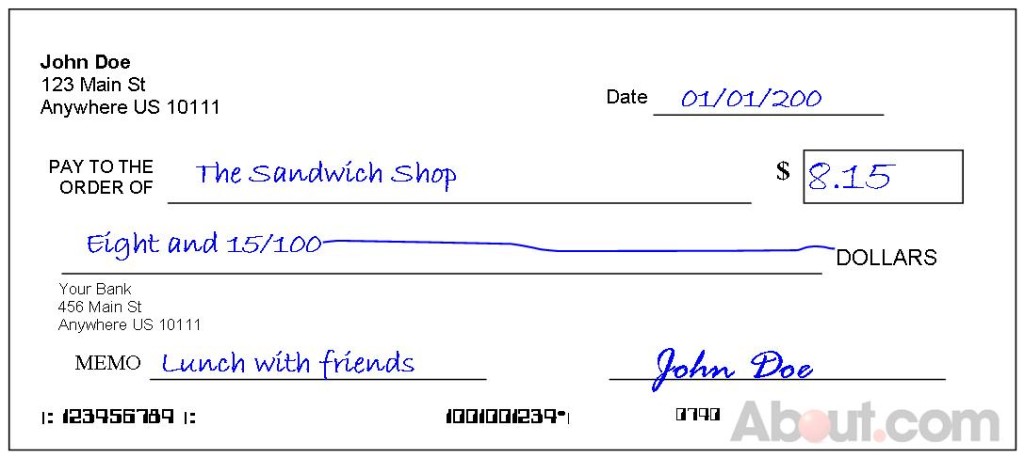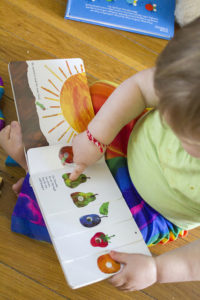Photo: Cheryl on Flickr
from EcoKids (http://www.ecokids.ca/pub/eco_info/topics/environmental/earthday/)
It’s Earth Day! Let’s Come Together to Make A Difference!
How did Earth Day begin?
The very first Earth Day was celebrated on April 22, 1970. This day was created by American Senator, Gaylord Nelson, to make people aware of the importance of keeping our planet healthy and clean. On that day,people made promises to help the environment and make positive changes in their community. Since then, more than 500 million people in over 180 countries have participated in Earth Day activities!
Can I do something to help the planet on Earth Day?
Of course you can! Everything you do to help the planet counts, whether you walk to school or help to clean up litter from your neighborhood park! The most important thing to remember is that Earth Day should be every day!
“Treat the earth well: it was not given to you by your parents, it was loaned to you by your children. We do not inherit the Earth from our Ancestors, we borrow it from our Children.”
Ancient Kenyan Proverb
Check out these activity ideas to help you get started.






 Being an au pair is an important role in a child’s life. When you are caring for a young child up to 45 hours per week, there are lots of opportunities to help them learn language. Many host parents are eager for their children to be exposed to foreign language. If this is true of your host parents, you can try the suggestions below, in both English and your native language.
Being an au pair is an important role in a child’s life. When you are caring for a young child up to 45 hours per week, there are lots of opportunities to help them learn language. Many host parents are eager for their children to be exposed to foreign language. If this is true of your host parents, you can try the suggestions below, in both English and your native language. What is Daylight Saving Time?
What is Daylight Saving Time? Here are a couple examples:
Here are a couple examples: